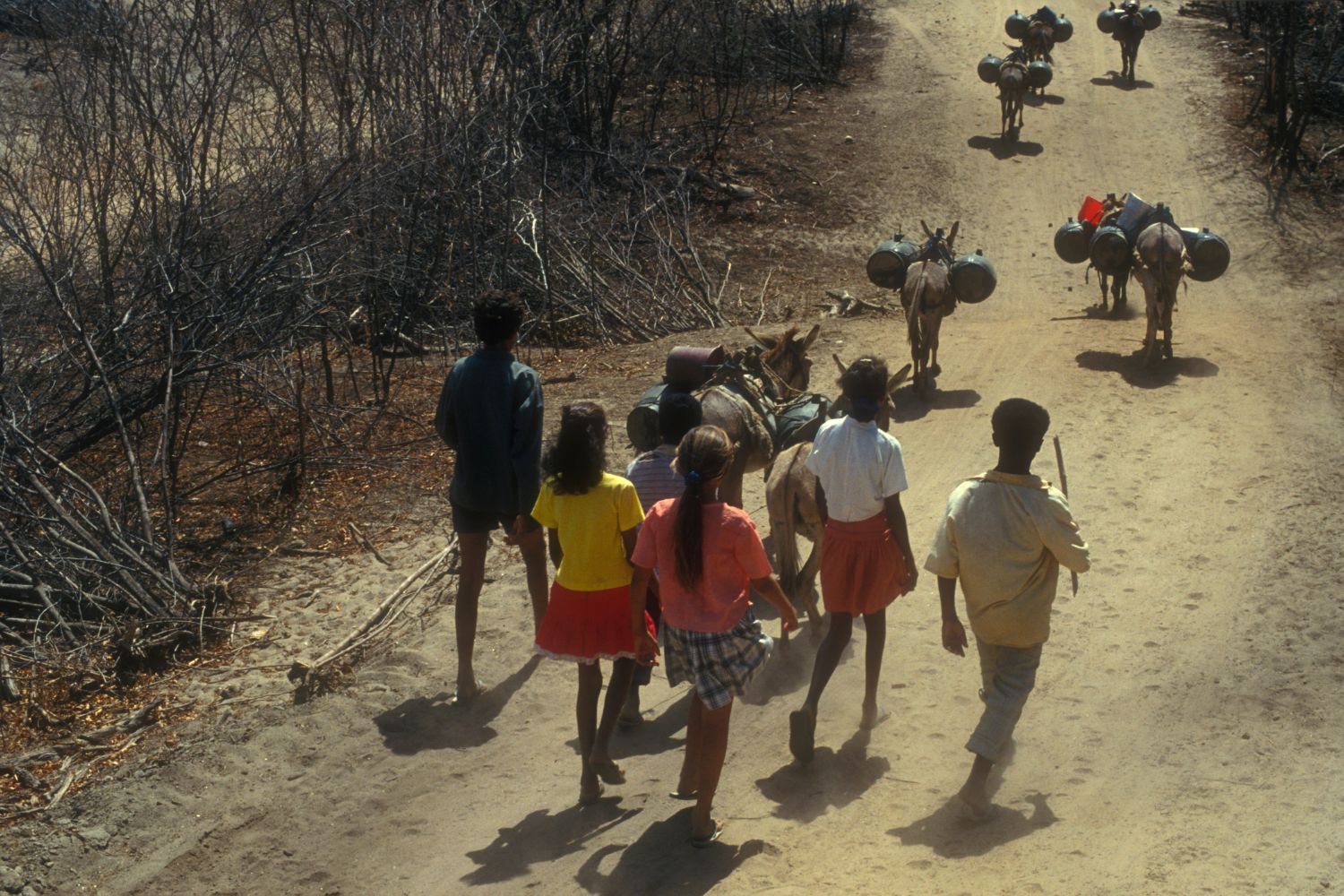Climate change is hitting cities around the world hard. A new study of 112 cities reveals which are undergoing the fastest changes, from climate "whiplashes" to full-blown reversals

@Canva
Table of contents
A new global report reveals that the vast majority of cities are experiencing increasingly extreme climate swings — and the consequences are already here.
A comprehensive new study analyzing 112 of the world’s largest cities shows that 95% are trending toward either wetter or drier conditions, with dramatic shifts in climate behavior over the last 20 years.
The report, published by WaterAid in collaboration with researchers from the University of Bristol and Cardiff University, looked at the 100 most populous cities, along with 12 additional urban centers. It found that dozens of cities — including Lucknow, Madrid, and Riyadh — have undergone a climate “flip”, moving from dry to wet extremes or vice versa.
Global weirdness
Cardiff University’s Professor Michael Singer described the pattern as one of “global weirdness.”
“Most places we examined are changing in some way, but in ways that aren’t always predictable,” said Singer.
The study found that 17 cities are experiencing climate “whiplash” — more frequent and intense swings between wet and dry conditions. The most severe cases were recorded in Hangzhou (China), Jakarta (Indonesia), and Dallas (Texas). Other affected cities include Baghdad, Bangkok, Melbourne, and Nairobi.
Climate flip-flops and regional trends
The research identified 24 cities that have undergone dramatic shifts in climate this century. The most abrupt transitions from wet to dry occurred in Cairo, Madrid, and Riyadh, with Hong Kong and San Jose (California) also appearing in the top 10.
Conversely, the sharpest moves from dry to wet were found in Lucknow and Surat (India), as well as Kano (Nigeria). Other cities seeing wetter conditions include Bogotá, Hong Kong, and Tehran.
The report highlights clear regional patterns: South Asian cities are increasingly flood-prone, while European cities are drying out. Every European city included in the study — including Madrid, Paris, and London — has shown a long-term trend toward drought over the past 42 years. Madrid and Barcelona are both listed among cities experiencing a “climate risk reversal,” with Madrid ranked second for moving toward extreme drought.
Compound risks in Africa and Asia
Cities in Africa and Asia are emerging as the most at risk from extreme climate shifts. The research shows that urban centers with the greatest increases in climate risk combined with the highest social and infrastructure vulnerabilities are:
-
Khartoum (Sudan)
-
Faisalabad (Pakistan)
-
Amman (Jordan)
Karachi (Pakistan) also ranks high in vulnerability and is facing increasingly wet extremes.
The vulnerabilities range from poverty to inadequate water systems and waste disposal infrastructure, which leaves fast-growing urban populations exposed to intensifying droughts and floods. This increases the likelihood of displacement, instability, and loss of life.
What this means for people — and what needs to happen now
The report stresses that climate change in urban environments is already hitting people hard: through worsening floods and droughts, threats to access to clean water, sanitation, and food, mass displacement, and the spread of disease. The cities most affected are those where water infrastructure is already weak, like Karachi and Khartoum.
Currently, 90% of all climate-related disasters are water-related, and the 4.4 billion people living in cities — especially in low-income countries — are on the front lines.
WaterAid calls for immediate and coordinated global action, emphasizing:
-
Stronger global leadership to prioritize water in climate action
-
Increased investment to tackle the water crisis
-
Urgent national government plans for climate-resilient water infrastructure
-
Focused support for the most vulnerable communities, especially in Africa and Asia
It’s a matter of life or death
“It highlights the devastating changes in extreme weather patterns across every continent, with the impact felt most sharply in low-income countries, where a lack of water becomes not just a challenge, but a matter of life or death,”
says Tim Wainwright, Chief Executive of WaterAid UK.
